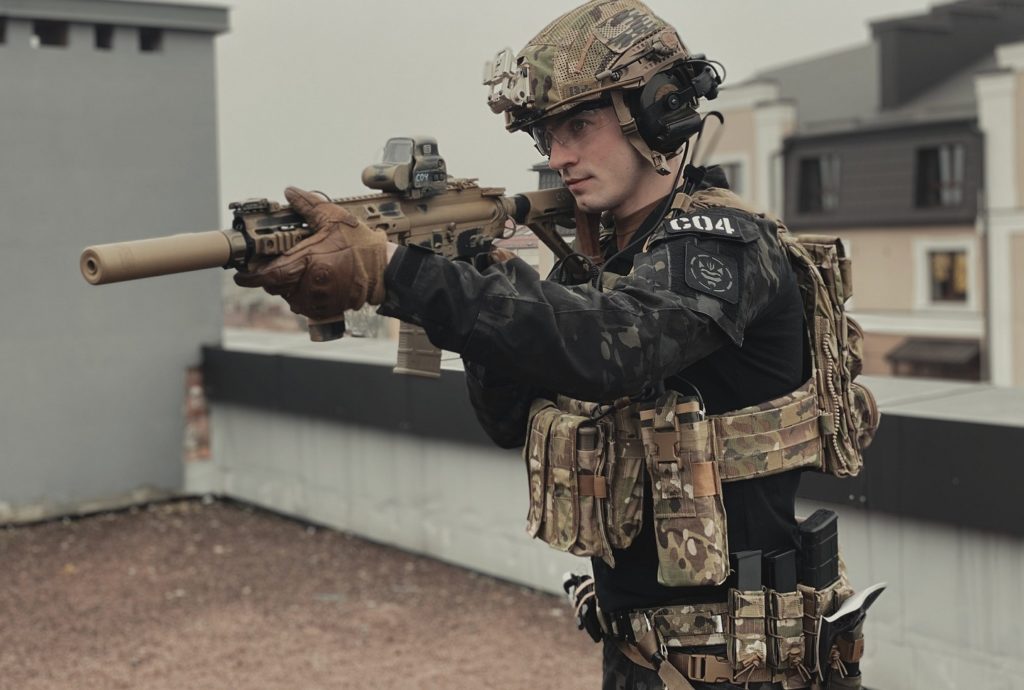As a military or law enforcement personnel, you know how crucial it is to have the best protection possible when out in the field. Nowadays, you cannot risk going out without the best body armor to safeguard your life. You might have considered the standard vests and helmets, but what about rifle-rated body armor? In this blog, we’ll take an in-depth look at this body armor and why it is vital for anyone in high-risk operations.
First off, it’s essential to understand what rifle-rated body armor is and how it differs from other types of body armor. To put it simply, rifle-rated body armor is designed to withstand rifle rounds, which are significantly more potent than handgun rounds. This type of armor generally includes ceramic plates and can withstand 7.62 x 54R rounds, which are used in sniper rifles.
Next, let’s go over the types of rifle-rated body armor and their levels of protection. Level III armor is designed to stop six rounds of 7.62 x 51mm NATO FMJ rifle cartridges. It usually consists of front and back hard armor plates and side soft armor panels. Level IV armor, on the other hand, can stop a single projectile fired from a rifle with a caliber of 30-06. It usually consists of one or two plates designed to be worn on the front and the back.
It’s also essential to note that as effective as rifle-rated body armor may be, it still has its limitations. Rifle rounds tend to be more potent than most handgun rounds and are capable of penetrating even the best body armor. You should always keep this in mind and use proper tactics. Moving while under fire, communication with your team, and other such strategies can help minimize the chances of injuries in a live fire situation.
Another aspect to consider when thinking about rifle-rated body armor is maintenance and care. Unlike standard vests, this type of body armor requires careful handling, cleaning, and storage. Ceramic plates tend to be fragile and can crack or break when handled roughly. It’s essential to clean them regularly with a soft brush or cloth using mild soap and water. You should also avoid storing them in an area with extreme temperatures or conditions that could damage the plates.
In conclusion, in high-risk operations, standard body armor may not be enough to protect you from the potent rounds fired by rifles. Rifle-rated body armor can provide additional protection and peace of mind. Remember, always practice proper tactics, maintain your body armor carefully, and never rely solely on your body armor to keep you safe. Stay vigilant, stay alert, and ensure that you have the best protection possible when going out in the field.
For more great articles, please click here.
